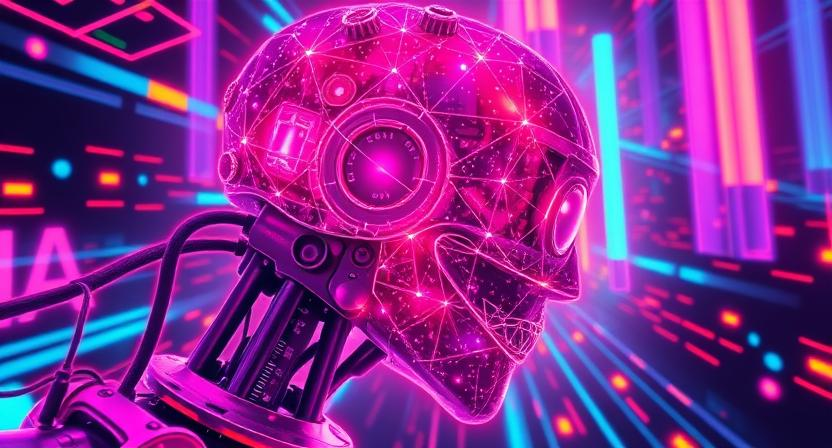Artificial Intelligence in gaming is no longer limited to enemy pathfinding or basic NPC behavior. Today, AI is fundamentally reshaping how games are built, how players interact with worlds, and how stories unfold.
One of the biggest shifts is in procedural storytelling. Games like AI Dungeon or experimental RPGs use large language models to generate dialogue, quests, and even entire narratives on the fly. This gives players unique experiences every time, breaking away from traditional branching paths.
AI is also making NPCs smarter and more reactive. Instead of repeating stock lines or following scripted paths, NPCs in modern games can adapt to the player’s actions. In Middle-earth: Shadow of Mordor, the Nemesis system used procedural memory and rivalry logic to create dynamic enemies who remembered you.
On the development side, AI is streamlining workflows. Tools like AI-powered animation systems or voice synthesis allow smaller studios to produce higher-quality assets faster. Procedural terrain generation or AI-assisted testing is reducing development time and cost.
However, there are risks. Over-reliance on AI can lead to soulless or unpredictable content. AI-written dialogue may lack the depth or thematic control of human writing. There are also ethical concerns around replacing creative roles.
Still, when used thoughtfully, AI acts as a co-creator, enhancing—not replacing—human design. It enables more dynamic worlds, responsive characters, and experimental gameplay that would be impossible through traditional systems alone.
AI isn’t the future of gaming. It’s already here—and evolving fast.

Leave a Reply